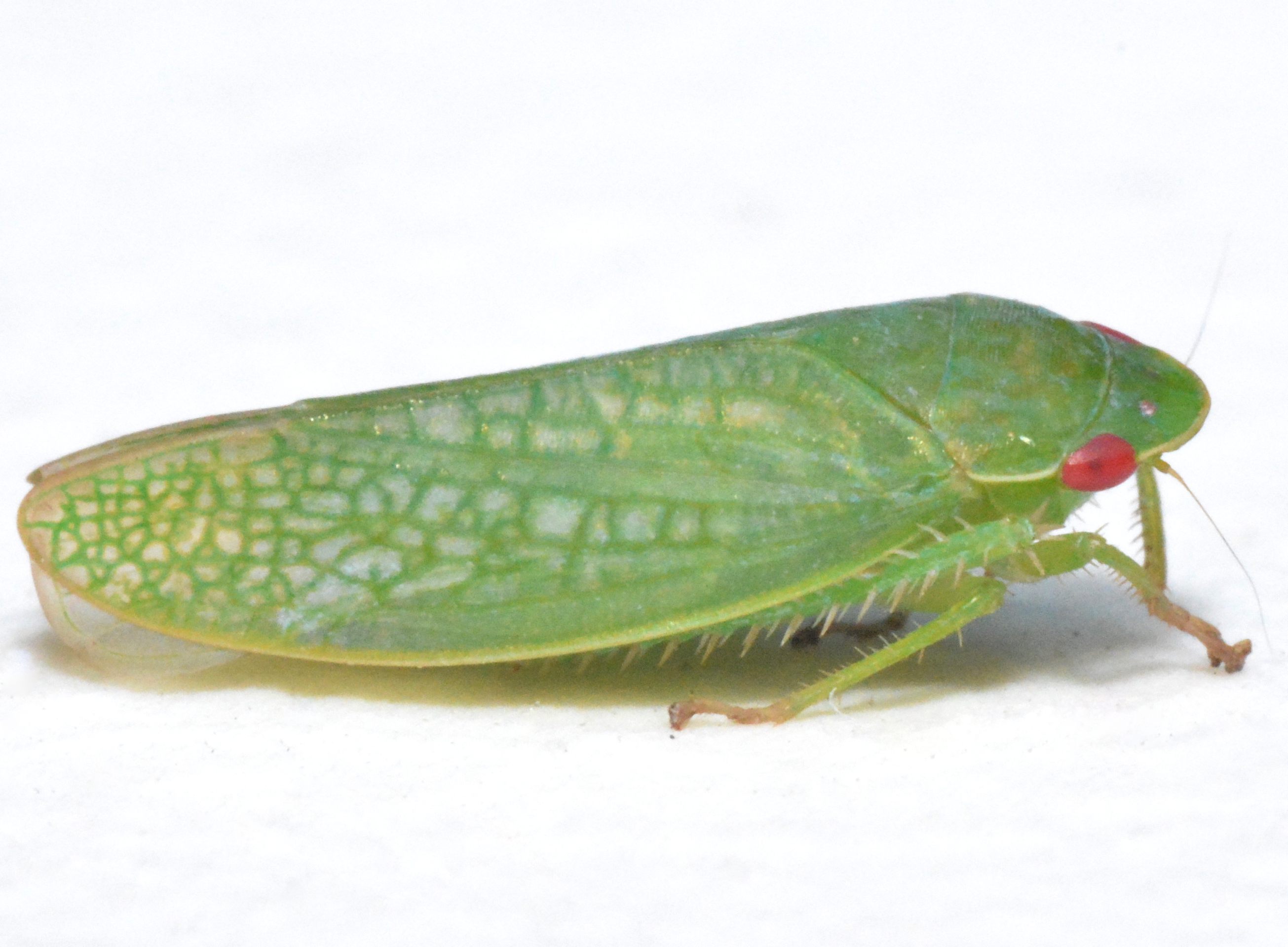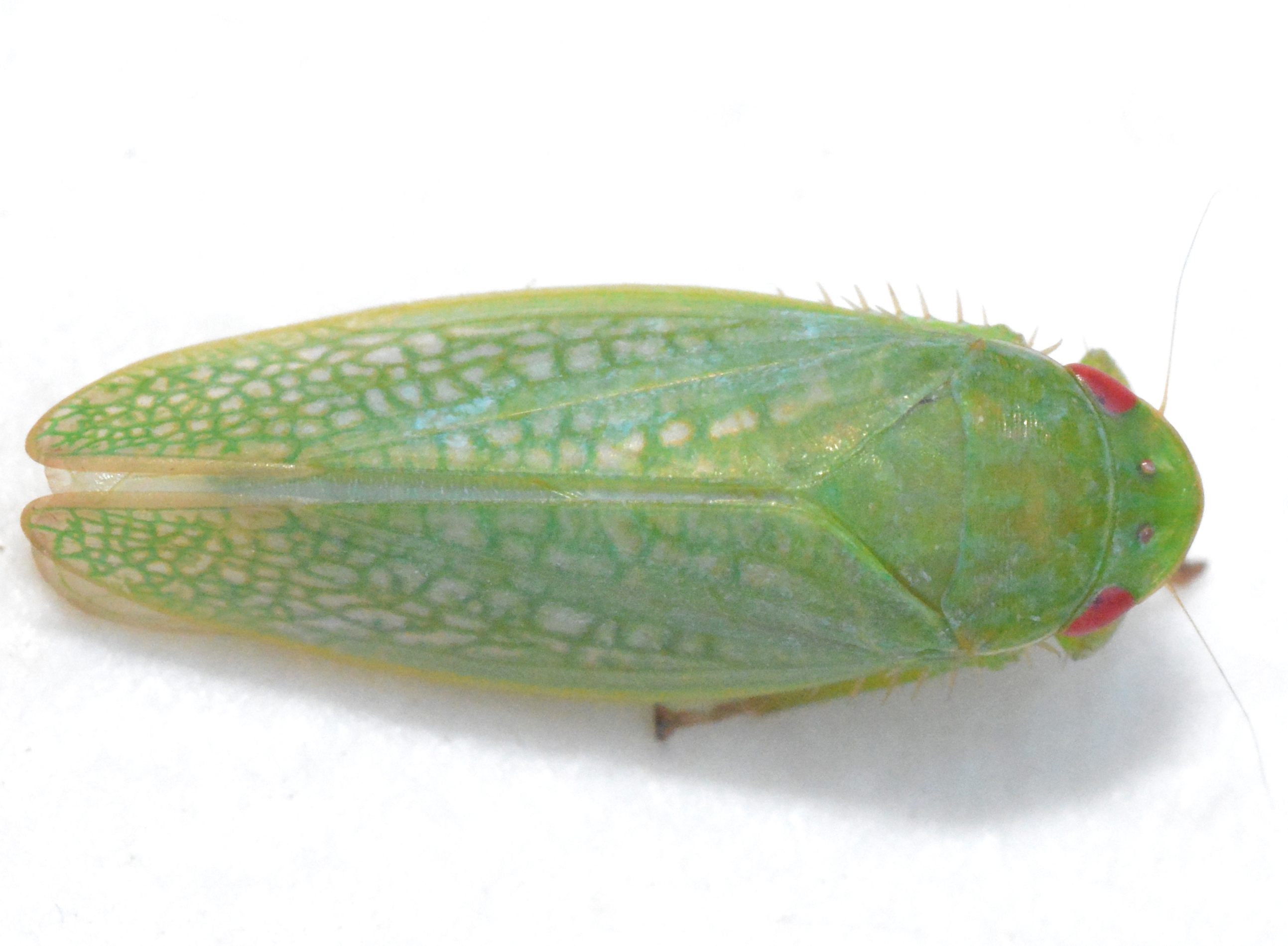| Comment: It is imperative to obtain a clear photo and measurements, as well as an underside view to determine sex for any specimens of heavily reticulated Gyponanas. There are four Gyponana species that can be found in the Southeast that have heavily reticulated wing venation: G. cana, G. procera, G. protenta and G. pruinosa (which does not appear to be a valid species anymore). Of these, P. cana is the smallest (males 7.5-8.5 mm) and G. procera is the largest (males 9.5-10.5 mm). Both pruinosa and protenta are similar in size: males of the former tend to be 8.5-9.5 mm long while males of the latter tend to be 9.0-10.0 mm. However, G. pruinosa is a more southern species, found from OK-GA and therefore less likely to show up in North Carolina; therefore, reticualted individuals in the middle of the size range are more likely to be protenta and are entered here [tentatively] under protenta. Note that females of these species tend to be 1.0 mm longer than the range given for each species. (BG), (Hamilton 1982).
NOTE: Gyponana can be a challenging genus to identify, with many species looking similar to one another and not being able to be identified to species unless [a male is] dissected. Further complicating this situation is that the genus in general is likely overdescribed, with numerous species likely synonymous and needing to be lumped. It is important to take clear photos showing the wing venation, and get measurements and underside photos for size and sex. |

 »
»


 »
»
